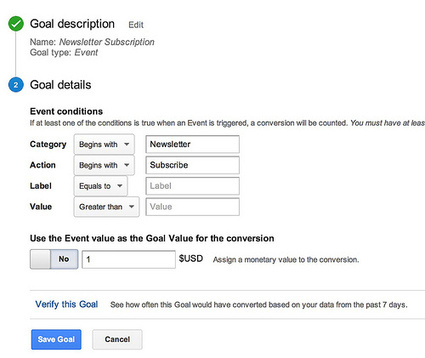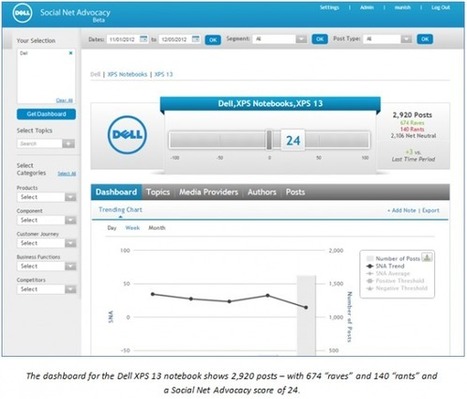Is Ad Value Equivalency always bad? One of the most lambasted metrics in public relations is the heavily-demonized Ad Value Equivalence (AVE). For those unfamiliar with it, one of the ways that has been used to measure the effectiveness of PR is to ask the question, if you had to buy the same level of impact, how much would it have cost you? For example, to get a quarter page of the New York Times is a listed national rate of 31.5 inches at an inch rate of $1,207 per inch, or $38,020 for a single weekday national ad. A well-placed editorial piece costs the time, effort, and connections that your PR team or agency can leverage for your benefit.
The reason that AVE has been so demonized in the PR world is that, from the perspective of public relations professionals, it greatly understates the impact of PR and confuses PR with advertising. In the example above, the ad in the New York Times simply does its work, and you get some results per dollar spent. The media placement, on the other hand, is sometimes syndicated, sometimes reprinted, sometimes blogged about, sometimes shared, and is generally considered more trustworthy by the average reader than an ad. None of the sharing that happens – especially in the digital editions of news media – is accounted for in AVE. The AVE formula simply treats PR as another form of advertising, which is functionally incorrect. Paid media and earned media aren’t the same, and shouldn’t be measured identically....



 Your new post is loading...
Your new post is loading...










The neverending debate continues...